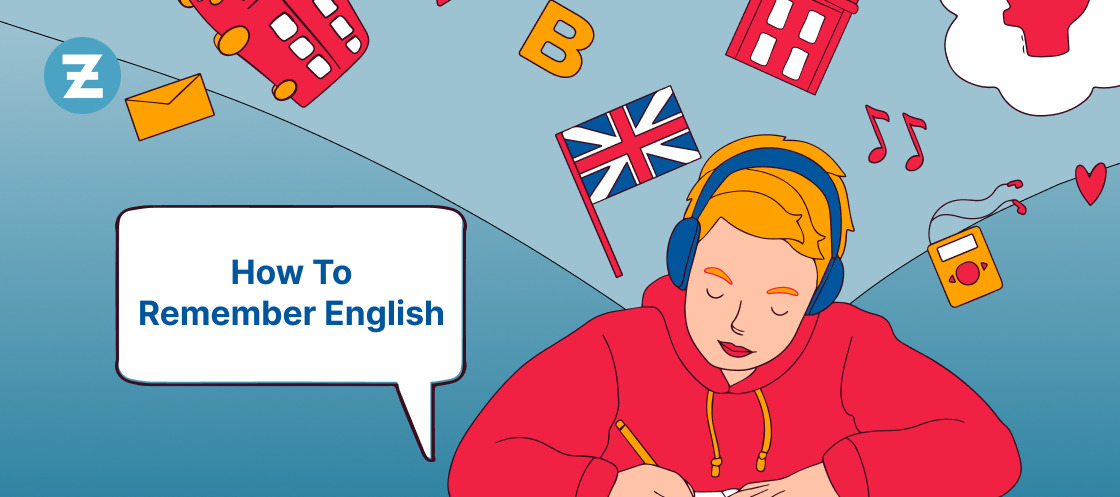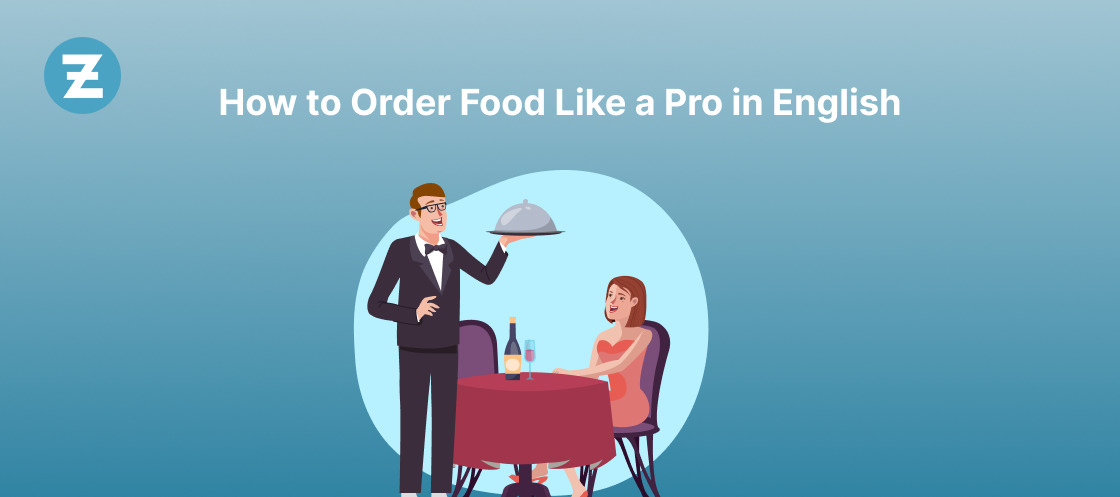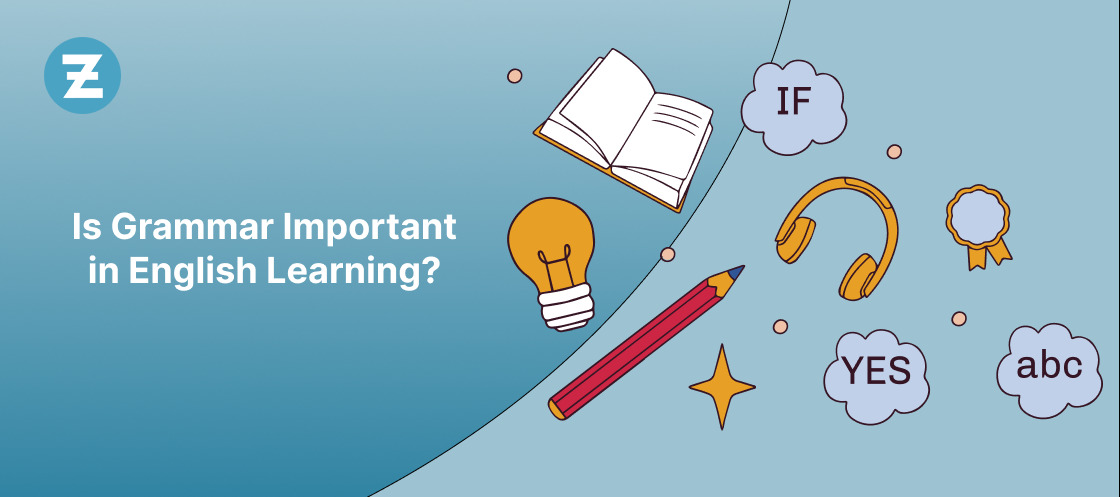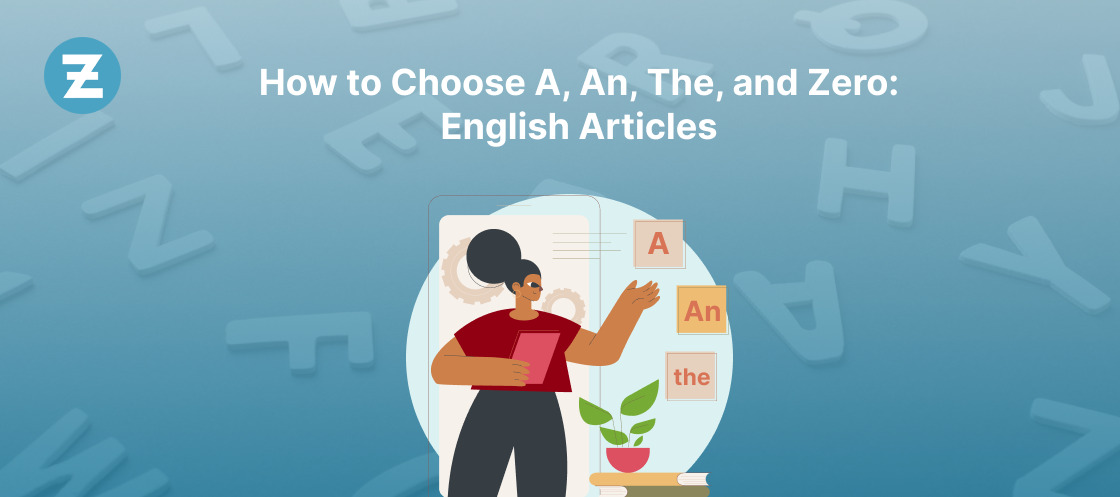Greeting others in English is an essential social skill that can help you build strong relationships, create positive impressions, and understand cultural norms. Whether it’s a hello, a good morning, or a warm welcome, saying hello in English can help you make meaningful connections and communicate with others politely and kindly.
In today’s increasingly globalized world, knowing creative ways to say hello in English is more important than ever. It’s a way of showing respect and politeness, no matter what language someone speaks. A simple hello can go a long way to show that you value someone’s presence and are open and friendly in your interactions. Acknowledging someone with a smile and a warm greeting can make it easier for them to feel comfortable and welcome.
Greeting others in English is also a great way to make a good first impression. It shows that you are confident and socially adept. Even if someone does not speak the same language as you, a friendly hello will demonstrate that you are open to conversation and willing to take the time to get to know someone.
At its core, greeting someone in English expresses kindness and consideration. It’s a small gesture that can greatly impact how someone perceives you and your conversations with them. Whether a casual “hello” or a more formal greeting, greeting someone in English is a sign of respect and politeness that will help create meaningful relationships and positive impressions. Here we share different ways to say hello while meeting anyone for the first time.
Hello
The greeting “hello” is one of the most widely used and versatile phrases. It is a great way to start a conversation with friends, family, strangers, and acquaintances. It’s also a great way to express surprise or excitement when seeing someone unexpectedly or when you’re happy to see a friend.
“Hello” is an effective way to make a good first impression. It’s simple yet courteous and conveys respect. Knowing how to use the phrase in different contexts can be beneficial in many everyday situations.
When answering the phone, you could say, “Good morning/afternoon, this is Jane speaking. How may I be of assistance to you today?” When meeting someone for the first time, a formal greeting like “Greetings, my name is Tom. It’s a pleasure to meet you” could be appropriate. When greeting someone formally, such as Mr Johnson, you could say, “Hello, Mr Johnson. It’s a pleasure to see you again.” When greeting a friend or family member, a casual “Hey there, sis! How are you doing?” could be a great way to start a conversation. When entering a room and greeting a coworker, you could say, “Hi there, John. How was your weekend?”
Hi
“Hi” is a simple yet powerful greeting that has the potential to make any conversation more enjoyable, regardless of the context or the people involved. It’s a great way to start a conversation, break the ice, and make someone feel welcomed and appreciated. Whether you’re meeting a friend, starting a conversation with a stranger, greeting a coworker, answering the phone, or saying hello to a family member, this versatile phrase will make any exchange more comfortable and inviting.
When used correctly, “Hi” can help people connect and make conversations more enjoyable. It’s a great way to show someone that you care about them and are interested in their presence. Whether it’s an old friend, a colleague, a family member, or a stranger, the phrase “Hi” will make any conversation more welcoming and comfortable.
Hey
The phrase “Hey” is a casual and informal way to grab someone’s attention, whether in a friendly or surprising manner. It can be a great way to start a conversation or show a relaxed attitude, particularly between friends or in social settings. Depending on the relationship with the person, it might be better to use a more formal greeting. “Hey” can also express disbelief or surprise when hearing unexpected news.
Using the right tone when saying “Hey” can make a big difference in how the other person responds. You might use a more upbeat, enthusiastic tone for a friendly exchange. Keep it polite and professional when addressing someone you don’t know.
It’s important to consider the context in which you’re using the phrase. In more formal settings, “Hey” may not be well received. Even when speaking with a friend, it’s important to be mindful of the situation and use the phrase appropriately.
What’s up?
“What’s up?” is a casual greeting that can break the ice, initiate conversation, and even express concern for someone’s well-being. It is a versatile phrase that has become a popular way to say hello in many social settings.
At its core, “what’s up?” is a rhetorical question that can be used to show interest in someone or to break the ice. It is often used to get to know someone better and start a friendly exchange. “What’s up?” can be used to show curiosity or interest in a person’s life or to check in on a friend or colleague. This phrase can be a great way to create a relaxed, informal atmosphere and make people feel more comfortable.
In addition, “what’s up?” can also express confusion or disbelief about something that’s just happened. This can be used to gain insight into a situation, express confusion, and ask for clarification. This phrase can be a great way to indicate that you are paying attention and are interested in understanding the context of a conversation.
Greetings
Greetings may be one of the most versatile expressions of respect and courtesy, but their importance is often underestimated. Whether meeting someone for the first time, sending a message to a colleague, or celebrating a special occasion, using the right greeting can make all the difference in conveying respect, professionalism, etiquette, and good wishes.
Sometimes, “greetings” can also express congratulations or good wishes. For example, someone might write “greetings” in a card or message to celebrate a special occasion or event. Overall, “greetings” is a versatile and formal greeting used in various professional and social settings.
Howdy
For those of us who have grown up in or around rural areas or communities with strong connections to cowboy culture, the casual and friendly greeting of “Howdy” is one that we are all too familiar with. This greeting often shows camaraderie, shared values, and pride in the way of life that many of us cherish.
In addition to its use as an expression of shared values, “Howdy” can also create a more relaxed and friendly atmosphere, particularly when meeting someone for the first time. For example, if you were hosting a party or social event, you could greet your guests with a cheerful “Howdy” to make them feel more at ease and welcome.
“Howdy” can also be seen in moments of surprise or excitement. For instance, if you run into an old friend you haven’t seen in years, you might exclaim “Howdy!” in delight at seeing them again.
Yo
Yo! It’s a casual greeting expressing familiarity and camaraderie between friends, but it can be used in many more contexts. For instance, when meeting someone for the first time, you can use “yo” to create a more relaxed and informal atmosphere. It’s a great way to break the ice and make the other person feel at ease.
But that’s not all! You can also use “yo” to express enthusiasm or excitement. For instance, if you’re watching a sports game and your team scores a goal, shout “yo!” to express your joy and excitement. It’s a great way to show your support and make the moment even more special.
And if you want to get someone’s attention from a distance, you can also use “yo.” Whether you see a friend across a crowded room or want your partner’s attention, you can yell “yo!” to get their attention. It’s a great way to connect with someone and create a relaxed, informal environment.
Hi There
“Hi there” is a versatile phrase used in various contexts. It can be used to express politeness and friendliness in professional or business settings and to connect with someone you don’t know well in casual social settings. Additionally, it can be used to greet an old friend you haven’t seen in a while, expressing your enthusiasm and interest in catching up.
Whether greeting someone for the first time or reconnecting with an old friend, “hi there” is a great way to make a good first impression. Using the phrase in professional or business settings can show respect and politeness to those you interact with. It can also help to create a positive and friendly atmosphere when meeting someone for the first time.
Hiya
Hiya! It’s a friendly and uplifting greeting that can be used in informal settings, such as casually greeting friends, family members, and colleagues. It’s slightly more informal than ‘hi’ and is a great way to show enthusiasm and friendliness in your greeting.
When you’re getting together with friends, you can greet them with an enthusiastic ‘hiya’ to express your excitement to see them. When you’re out and about and you run into someone you know, a ‘hiya’ can open up a conversation.
It’s also a great way to express your appreciation or gratitude to someone. If someone goes out of their way to help you, you can show your thanks with a warm ‘hiya’ to show that you’re grateful.
Good Morning
Good morning is more than just a polite and friendly way to greet someone and wish them a great day ahead. It is a meaningful way to express respect and consideration for those around you, from the early hours of 6:00 am until noon. It is a simple yet powerful way to start the day positively and show respect for those you encounter.
When you arrive at work, greet your colleagues with a friendly and polite “good morning” to show respect and professionalism. This is a great way to start the day, setting the tone for a productive and enjoyable workday.
If you’re meeting someone for a business appointment or interview, begin the conversation with a courteous “good morning” to set the tone for a positive exchange. Even if you pass by someone, a cheerful “good morning” is the perfect way to acknowledge their presence and start the day positively.
Using “good morning” as a greeting is a way to display politeness and good manners. It’s a respectful way to begin a conversation or interaction with someone. It is a simple phrase that can profoundly affect how the rest of the day progresses.
Good Afternoon
The good afternoon is a polite and respectful way to greet someone in a business setting. Whether it’s a meeting, a conference call, or a casual conversation, a formal “good afternoon” is the perfect way to start the conversation.
Not only does it show respect and courtesy to your colleagues or clients, but it also conveys a message of professionalism. You’re showing that you value their time and the importance of the conversation.
A “good afternoon” is the perfect way to start a workplace meeting or conference call. It sets the tone for the conversation and shows that you are taking your time to be considerate of everyone’s presence.
When dealing with clients face-to-face or over the phone, using a polite “good afternoon” is an effective way to show respect and professionalism. It also conveys that you are taking the time to consider the other person’s time.
The good afternoon is also a great way to show respect and courtesy when engaging in customer service roles. When answering the phone or in face-to-face interaction, a polite “good afternoon” is an important way to show respect and courtesy.
Good Evening
Good evening is a formal and polite greeting perfect for acknowledging someone in the evening, particularly in more formal settings such as a special event or a business meeting. Not only does this greeting express respect and courtesy, but it also demonstrates warmth and consideration, providing a polite way to make a positive connection with the people you are meeting. This simple phrase can make all the difference in a social or professional situation and will surely be appreciated by the recipient.
Greeting someone with a “good evening” is more than just a sign of respect and courtesy – it sets a professional or sophisticated tone for your interaction. Whether attending a gala event, meeting with a potential client, or hosting a dinner party, a warm “good evening” is an easy way to acknowledge the time of day and show appreciation for the person you’re speaking with. It’s an excellent way to make a positive first impression and start your conversation thoughtfully and courteously.
Good evening is an expression that is appropriate for a variety of situations, from more formal events to casual gatherings. It shows respect for the person you’re greeting and is a friendly reminder that you know the time of day. It also conveys a sense of politeness and consideration that can positively impact the people you interact with.
How do you do?
As a sign of respect and politeness, “How do you do?” is often used in more traditional or conservative social and professional settings. It is a way to greet someone politely and show an interest in getting to know them better. Moreover, it is a sign of respect and courtesy that conveys the message that you value the other person’s time and presence.
“How do you do?” is a formal greeting that can be used in various social and professional contexts. At a business meeting, for example, one could greet a new client or a colleague with “How do you do?”. One could greet a guest at a formal dinner with “How do you do?”. It can also be used in casual social situations, such as when introducing yourself to someone new.
To make “How do you do?” even more effective, one can add a few more words to the phrase. For instance, when introducing yourself to a new client, you could say, “How do you do, Mr. Smith? I’m pleased to make your acquaintance.” Or, when meeting a potential employer, you could say, “How do you do? I’m here to interview for the job. Thank you for taking the time to see me.”
Nice to meet you
Whether you’re meeting someone for the first time or catching up with an old friend, “Nice to meet you” is a simple yet powerful phrase that conveys warmth, connection, and appreciation. It’s a great way to make a positive first impression and start conversations on the right foot.
It doesn’t matter if you’re meeting someone for business or pleasure, introducing yourself to a new colleague or a potential client, or just getting to know your new neighbour — using the phrase “Nice to meet you” is an effective way to build relationships and express your genuine interest in the other person.
For example, when meeting a new colleague, saying, “Nice to meet you, [name] is polite. I’m excited to have you join our team.” This conveys your excitement at having a new team member and sets a positive tone for the relationship.
Pleased to meet you
It’s a pleasure to meet you—it’s a phrase used for centuries to express politeness and respect when meeting someone for the first time. Whether introducing yourself to a business associate, a new community member, or a potential employee, this phrase is an excellent way to create a positive first impression and show appreciation for the other person.
When meeting someone for the first time, it’s important to demonstrate your respect and appreciation for them. This can be done through the use of formal language. Saying “it’s a pleasure to meet you” conveys your respect and acknowledgment that you value the other person’s presence. It’s also a great way to start a conversation and make the other person feel welcome.
There are a few examples of how to use this phrase in different settings. If you’re meeting a business associate, you can say, “Pleased to meet you, Mr. Johnson. I’ve heard a lot of great things about your work.” Or if you’re meeting someone at a formal event, you can say, “Pleased to meet you, Your Highness. Thank you for gracing us with your presence tonight.”
Welcome
Welcome is more than just a word – a warm and inviting gesture conveying a sense of openness and acceptance. It’s a great way to make people feel welcome, comfortable, and accepted in any space or event. Welcome is the perfect way to show you’re ready to embrace new people and create a positive atmosphere. When we think of welcome, we often think of the typical greetings like “hello” or “hi,” but it can be so much more.
A friendly welcome can set the tone for any event and give people a great first impression. Whether you’re welcoming new guests to your home, store, or school, a warm welcome can make a big difference in how they feel.
For example, welcoming people to your home with a “Welcome to our home. Please take off your shoes and make yourself comfortable” will make them feel more at ease. Or, if you’re throwing a party, greeting people with “Welcome to the party! Can I get you a drink?” will make them feel more welcome and appreciated.
Hello There
Hello there! It’s a phrase you’ve probably heard or even said yourself, but do you know why it’s such a great way to start a conversation or acknowledge someone you know?
At its core, “hello there” is a warm, friendly, and informal greeting perfect for any casual setting. It’s a polite way to show respect and a great way to start a conversation with someone you already know and someone you’re just meeting for the first time.
Whether meeting a friend after a long time apart, starting a phone call with a stranger, or running into an acquaintance in public, “hello there” is a phrase that will make any interaction more enjoyable with its easy and inviting nature.
For example, if you’re meeting a friend, you might say, “Hello there, Sarah! It’s been too long. How have you been?”. If you’re starting a phone call, you can start with, “Hello there, this is John. Can I speak to Sarah, please?”. If you’re meeting a coworker, you might say, “Hello there, Bob! Did you get the email I sent you this morning?”. And if you’re running into someone you know in public, it might be something like, “Hello there! Fancy seeing you here. How have you been?”.
G’day
G’day! A friendly and casual greeting exclusive to the English spoken in Australia and New Zealand. Short for “good day,” G’day is more than just a way to say hello – it’s a warm welcome that conveys a sense of familiarity, friendship, and camaraderie.
G’day is a word that has become synonymous with Australia and New Zealand, and it’s a great way to show your appreciation for the culture and people of these two amazing countries. Whether you’re a local, a traveler, or a business owner, G’day is a great way to express your admiration for the locals and make them feel welcome in your presence.
G’day is a greeting with a lot of character and meaning. It’s a way to show that you understand the local culture and customs and are happy to be there. It’s an invitation to engage in conversation and get to know someone better. It can also be a sign of respect, as it conveys that you care about the person you’re greeting and are open to learning more about them.
The friendly, casual nature of G’day also makes it an excellent icebreaker. Whether introducing yourself to someone in a business setting or striking up a conversation with a stranger, G’day can help break the ice and start a conversation on the right foot.
Blessings
Blessings are a beautiful way to express love, kindness, and warmth. They are often used in spiritual and religious contexts to convey happiness, appreciation, and goodwill. Whether used in casual conversations or during a special occasion, this meaningful yet powerful word can be an excellent way to show appreciation and support to those around you. When used in the right context and with the right intention, a blessing can create a bond of understanding and make someone feel special. It is a simple yet powerful way to express love, kindness, and warmth.
Blessings are a wonderful way to express love and kindness to those around you, whether used in spiritual and religious contexts or in everyday conversations. Sending someone a blessing can be a simple yet powerful way to create a bond of understanding, make someone feel special, and show your appreciation and support.
So, the next time you want to express your love and kindness to someone, consider sending them a blessing. Your thoughtfulness and kind words will surely make them feel loved and appreciated.
To wrap things up
In this blog, we have discussed different ways to say hello in English in a fun and unique way. Plus, with the help of online language apps like Zoundslike, you can easily improve your English. Download the app today and start your English journey!








